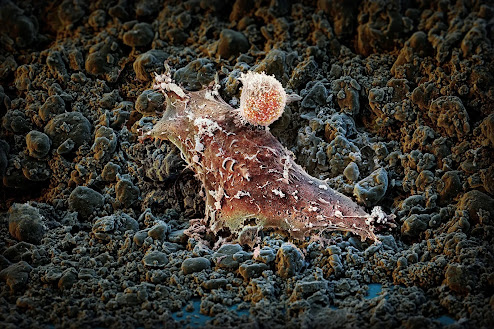 |
| Potentially life-saving steroids commonly given to preterm babies also increase the risk of long-term cardiovascular problems, but a new study in rats has found that if given in conjunction with statins, their positive effects remain while the potential negative side-effects are ‘weeded out’. Photo Credit: Hush Naidoo Jade Photography |
Cambridge scientists gave new-born rats, which are naturally born prematurely, combined glucocorticoid steroids and statin therapy. The results, published today in Hypertension, show that the combined treatment led to the elimination of negative effects of steroids on the cardiovascular system while retaining their positive effects on the developing respiratory system.
Preterm birth (before 37 weeks) is one of the greatest killers in perinatal medicine today. One in ten babies are born preterm in high-income countries; this can increase to almost 40% in low- and middle-income countries.
Preterm babies are extremely vulnerable because they miss out on a crucial final developmental stage in which the hormone cortisol is produced and released exponentially into the unborn baby’s blood. Cortisol is vital to the maturation of organs and systems that are needed to keep the baby alive once born.
For example, in the lungs, cortisol ensures that they become more elastic. This allows the lungs to expand so the baby can take its first breath. Without cortisol the new-born lungs would be too stiff, which leads to respiratory distress syndrome (RDS) and could be fatal.






.jpg)







.jpg)
